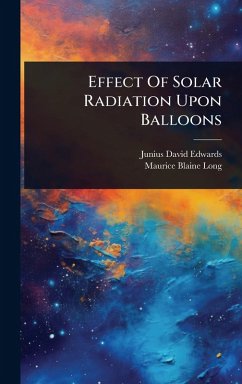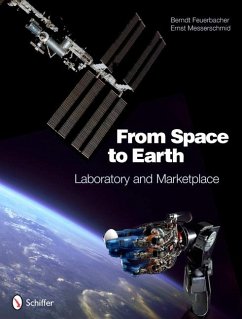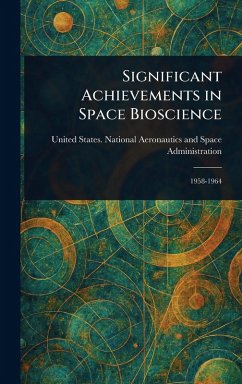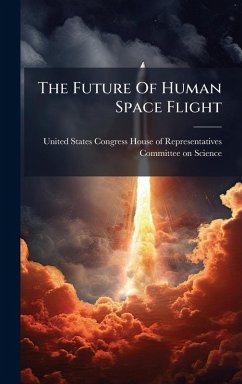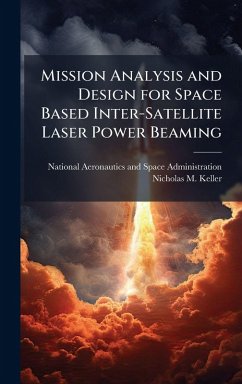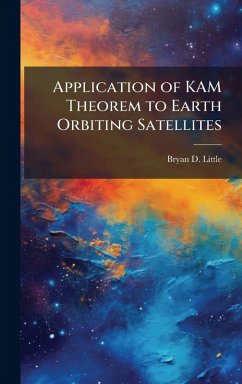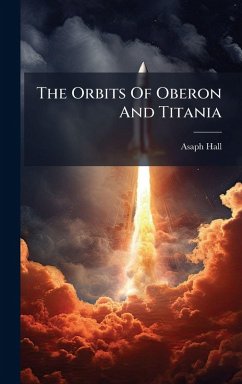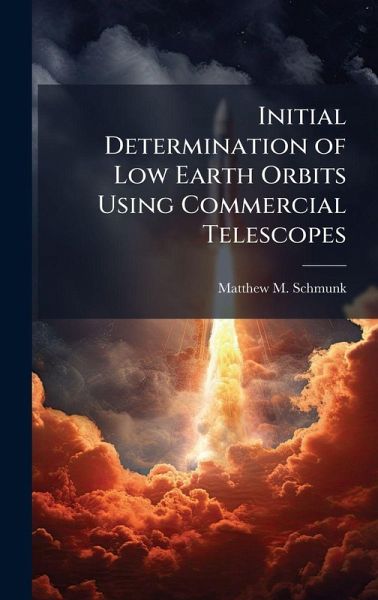
Initial Determination of Low Earth Orbits Using Commercial Telescopes
Versandkostenfrei!
Versandfertig in über 4 Wochen
28,99 €
inkl. MwSt.
Weitere Ausgaben:

PAYBACK Punkte
14 °P sammeln!
Within the last decade, many new technologies have significantly changed the face of private astronomy. Developments such asinexpensive but high-quality sensors, rapid personal computing, and easy networking inspire a reexamination of an old problem: how practical is it to develop initial orbit estimates for Low Earth Orbiting (LEO) satellites using optical tracking? This paperdocuments the design and implementation of a commercial telescope system used to answer precisely that question. This analysisdetermined there are some challenging barriers to successful single-site orbit determination, ...
Within the last decade, many new technologies have significantly changed the face of private astronomy. Developments such asinexpensive but high-quality sensors, rapid personal computing, and easy networking inspire a reexamination of an old problem: how practical is it to develop initial orbit estimates for Low Earth Orbiting (LEO) satellites using optical tracking? This paperdocuments the design and implementation of a commercial telescope system used to answer precisely that question. This analysisdetermined there are some challenging barriers to successful single-site orbit determination, but it is possible given the rightconditions. Considering the low cost and small support footprint of such systems, they could provide excellent support to SpaceSituational Awareness (SSA) missions or satellite tracking operations in general. This work has been selected by scholars as being culturally important, and is part of the knowledge base of civilization as we know it. This work was reproduced from the original artifact, and remains as true to the original work as possible. Therefore, you will see the original copyright references, library stamps (as most of these works have been housed in our most important libraries around the world), and other notations in the work. This work is in the public domain in the United States of America, and possibly other nations. Within the United States, you may freely copy and distribute this work, as no entity (individual or corporate) has a copyright on the body of the work. As a reproduction of a historical artifact, this work may contain missing or blurred pages, poor pictures, errant marks, etc. Scholars believe, and we concur, that this work is important enough to be preserved, reproduced, and made generally available to the public. We appreciate your support of the preservation process, and thank you for being an important part of keeping this knowledge alive and relevant.





